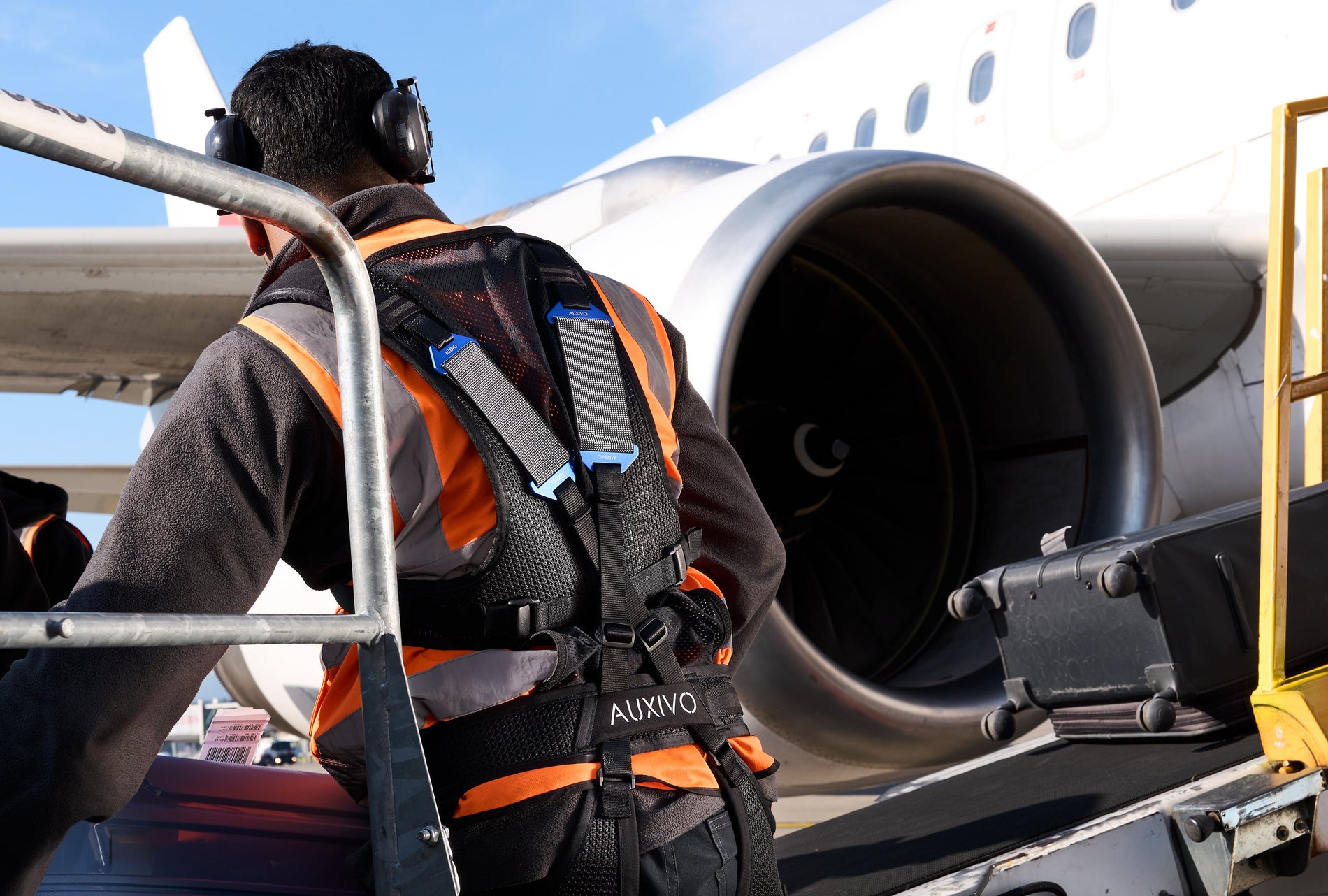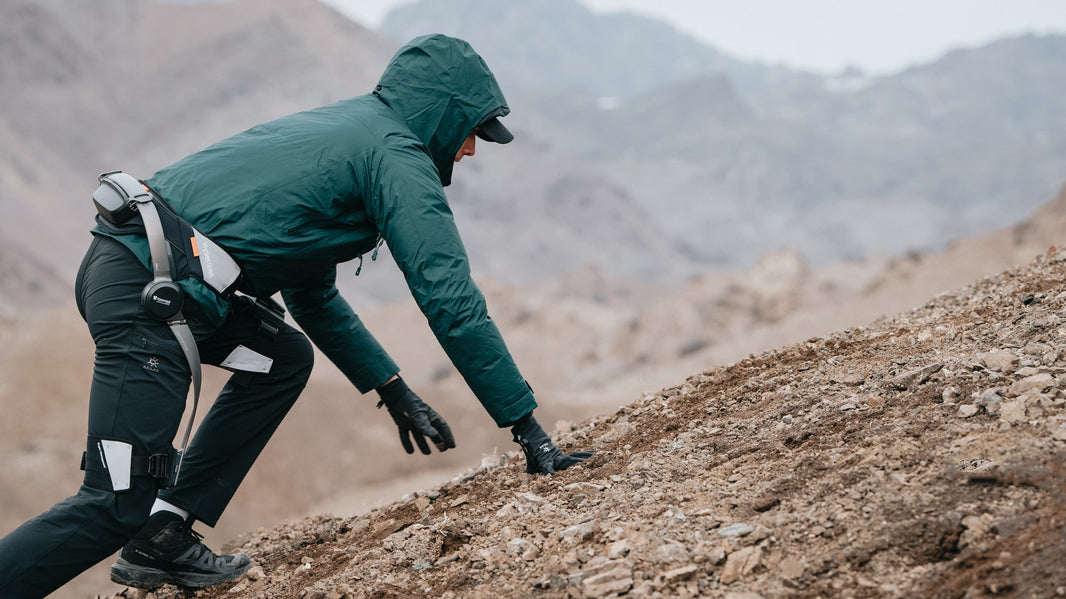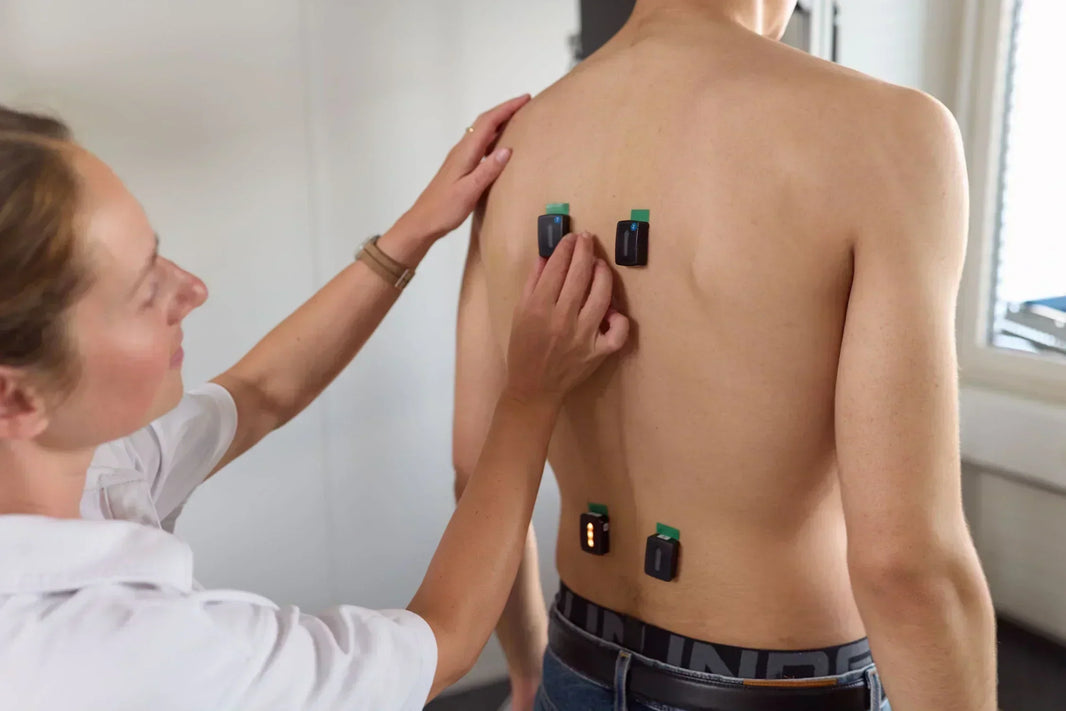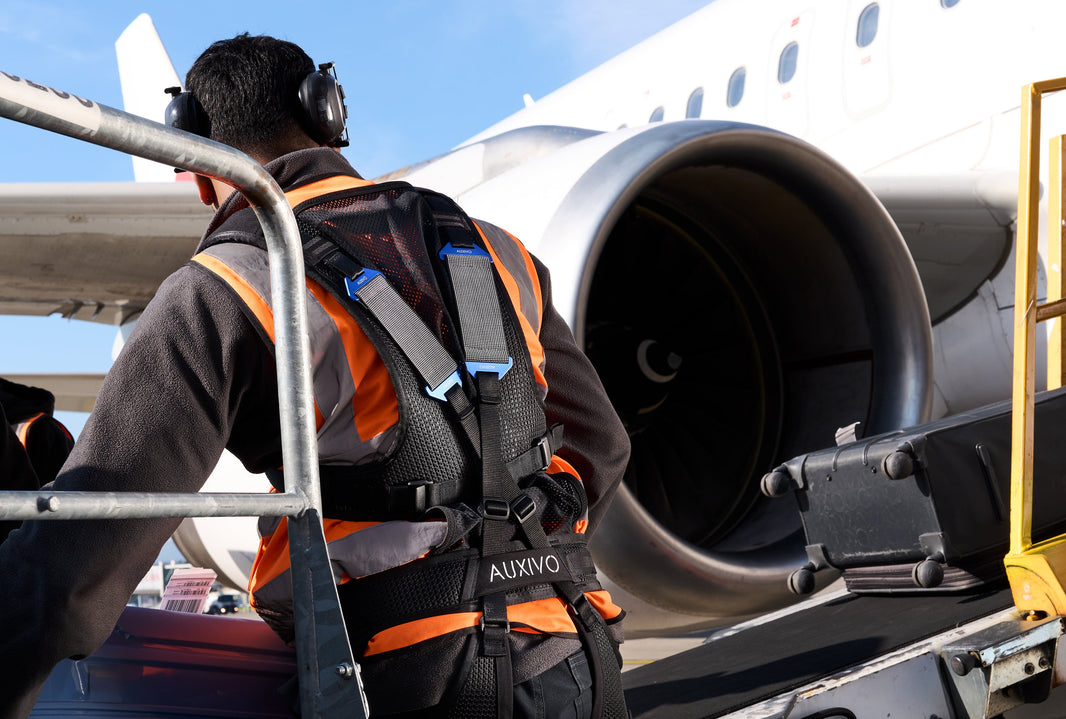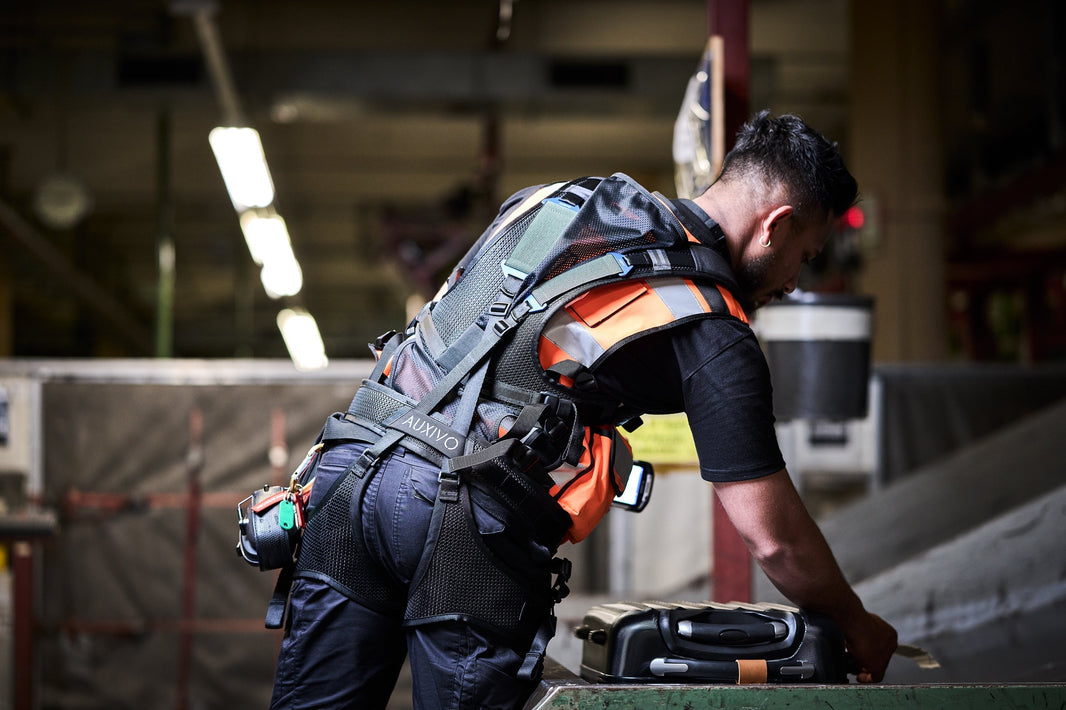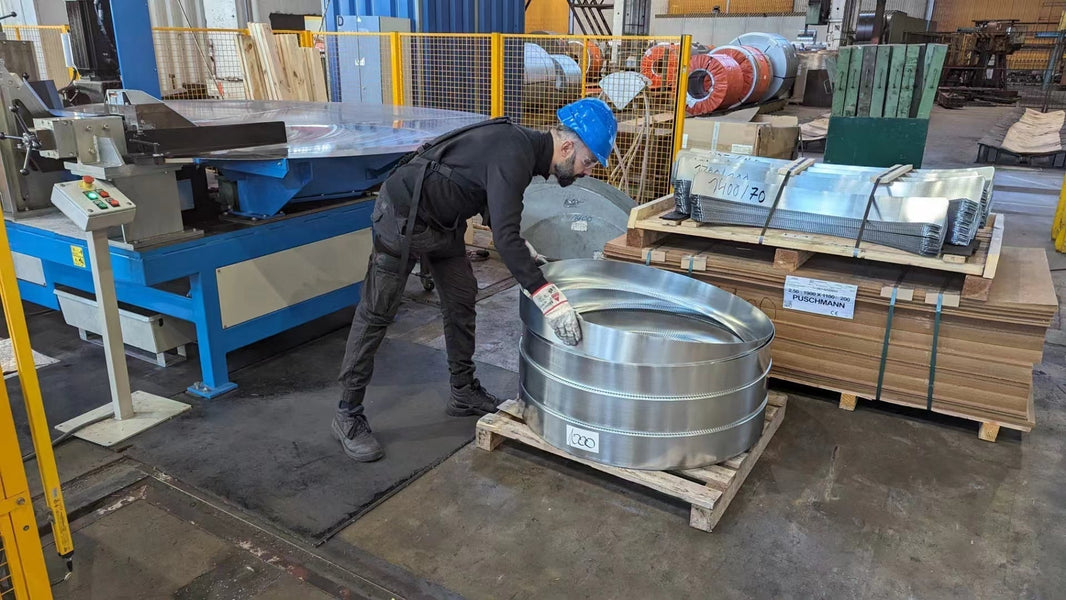Work-related injuries remain one of the most persistent and costly issues across a wide range of industries. Whether it’s lifting heavy loads in a warehouse, repetitive overhead work in construction, or long hours of manual labor in manufacturing and agriculture, the physical toll on the human body is significant. These demands often lead to musculoskeletal disorders (MSDs), chronic pain, lost productivity, and expensive workers' compensation claims.
As companies strive to improve safety and performance while reducing costs and downtime, technology has stepped in with a promising solution: wearable exoskeletons. Once considered science fiction, these supportive systems are now practical tools that enhance human capability, protect workers, and reshape the future of labor.

The Scope of Work-Related Injuries
According to data from the U.S. Bureau of Labor Statistics, over 2.6 million nonfatal workplace injuries and illnesses were reported by private industry employers in 2022 alone. Of these, a significant percentage were related to musculoskeletal issues caused by repetitive motion, awkward postures, and overexertion.
The industries most affected include:
-
Construction
-
Manufacturing
-
Warehousing and logistics
-
Agriculture
-
Healthcare
Common types of injuries include:
-
Back strains from lifting
-
Shoulder and neck injuries from overhead work
-
Joint and muscle fatigue from prolonged standing or walking
-
Carpal tunnel syndrome from repetitive hand movements
The economic burden is staggering. The National Safety Council estimates that the average cost of a medically consulted work injury is over $40,000, with indirect costs (lost productivity, training replacement workers, legal fees, etc.) often doubling that number.

What Are Human Exoskeletons?
Human exoskeletons are wearable devices designed to support and augment the human body’s natural movements. They can be passive (non-powered, using springs or elastic materials) or active (powered by motors or hydraulics), and are typically worn on specific parts of the body such as the back, shoulders, legs, or arms.
These devices do not replace workers but rather enhance their capabilities:
-
Redistributing or reducing physical loads
-
Improving posture and ergonomics
-
Minimizing fatigue and strain
-
Reducing the risk of acute and cumulative injuries
Exoskeletons are already being used across sectors, from construction sites in Germany to car manufacturing plants in the U.S., and they’re gaining traction with smaller businesses and frontline workers seeking cost-effective ergonomic solutions.

How Exoskeletons Help Prevent Injuries
1. Back and Spine Support
Back injuries are the most common workplace musculoskeletal issue. Lifting, bending, and twisting motions, especially under load, put tremendous strain on the lumbar spine.
Passive back-support exoskeletons, like the SpineBand or Laevo, reduce pressure on the lower back by transferring load forces to stronger parts of the body (like the thighs). These suits can reduce back muscle activity by up to 40%, significantly lowering the risk of strain and fatigue during lifting or prolonged stooping.
For logistics and warehouse workers, who often lift dozens or even hundreds of items per shift, this type of support can prevent both short-term injuries and long-term degeneration.

2. Shoulder and Overhead Work Relief
Workers who regularly reach above shoulder height—like electricians, painters, or assembly line workers face a high risk of rotator cuff injuries and shoulder impingement.
Upper-body exoskeletons (such as the Omnisuit or Deltasuit) provide lift-assist for the arms, reducing the muscular load on the shoulders and upper back. These devices don't make the arms stronger; they offload the muscles and allow workers to perform repetitive or overhead tasks with much less fatigue.
Studies show that these suits can decrease muscle activation in the shoulders by up to 30%, improving endurance and reducing microtrauma that leads to chronic conditions.

3. Posture Correction and Fatigue Management
Poor posture is a hidden but major contributor to musculoskeletal issues. Workers bending forward, hunching, or twisting repeatedly throughout the day can unknowingly strain muscles and joints.
Some exoskeletons include posture sensors and corrective support that encourage neutral spinal alignment and alert the wearer when they deviate from safe positions. Even passive systems help workers "feel" when they're overexerting or misaligning, serving as a kind of biofeedback training.
By promoting better posture, exoskeletons help workers build safer habits that persist even when the suit isn’t being worn.

4. Increased Endurance and Reduced Recovery Time
Fatigue isn’t just uncomfortable, it’s dangerous. Tired muscles lose coordination, reaction times slow down, and posture suffers, all of which increase the risk of injury.
Exoskeletons allow workers to perform physically demanding tasks for longer periods without overtaxing their bodies. This not only reduces acute injuries but also helps with faster recovery between shifts, fewer sick days, and greater overall job satisfaction.

The Business Case for Exoskeleton Adoption
While the initial investment in exoskeleton technology might seem steep, the return on investment (ROI) can be significant. Businesses report:
-
Fewer lost-time incidents
-
Reduced workers’ comp claims
-
Lower insurance premiums
-
Higher productivity per shift
-
Improved morale and retention
In industries where physical labor is essential, exoskeletons can also extend the careers of aging workers, allowing them to remain active and injury-free longer.
Major corporations like Ford, Boeing, and BMW have already implemented exoskeletons across operations, and smaller enterprises are now starting to follow suit as costs drop and awareness grows.

Challenges and Considerations
Despite their promise, exoskeletons aren’t a one-size-fits-all solution. Key considerations for implementation include:
-
Fit and comfort: The suit must accommodate different body types and remain comfortable for full shifts.
-
Task-specific design: Some exosuits are optimized for overhead work, others for lifting or walking.
-
Training and acceptance: Workers need time and education to integrate the suit into their routines.
-
Trial and feedback: Beta testing with real users is essential to ensure the technology aligns with actual job demands.
Fortunately, companies like The Exoskeleton Store now offer trial programs, allowing companies to test various models and gather worker feedback before committing to a larger rollout.

The Future of Safer Work
As technology advances, exoskeletons are becoming lighter, smarter, and more adaptable. Integrations with AI and motion sensors will allow next-gen suits to respond in real time to user needs, adjusting support levels dynamically based on the movement being performed.
Moreover, the growing body of clinical and ergonomic research continues to validate the effectiveness of exoskeletons in injury prevention. Regulatory bodies, safety managers, and even insurance providers are beginning to recognize wearable assistive devices as a legitimate part of a modern workplace safety strategy.
Ultimately, wearable exoskeletons represent a paradigm shift in how we think about work. Rather than forcing the human body to adapt to harsh physical environments, we can now design environments and tools that adapt to and protect the human body.

Conclusion
Work-related injuries aren’t going away anytime soon, but with the right tools, their impact can be drastically reduced. Human exoskeletons offer a powerful, practical, and increasingly accessible way to support the workforce, both physically and economically.
By combining modern ergonomics with wearable tech, businesses can foster safer workplaces, boost performance, and support the long-term well-being of their most valuable asset: their people.
Interested in trying an exoskeleton for your team? The Exoskeleton Store offers affordable 2-week trial programs, expert guidance, and support to help you find the right solution. Visit www.theexoskeletonstore.com or contact us today to learn more.

